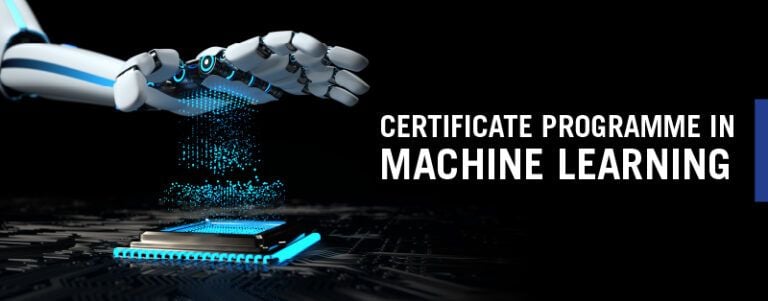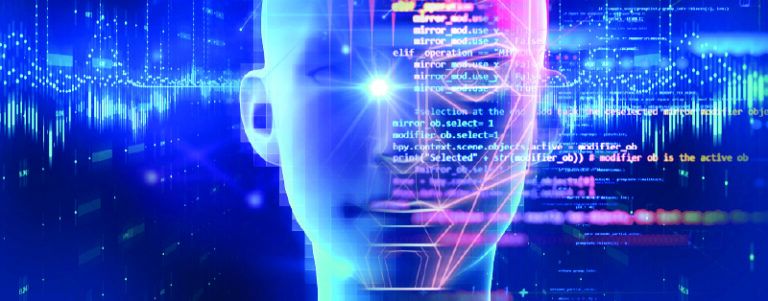Types of Supervised Learning You Must Know

Supervised learning is a modern learning system that helps bring change to companies. Here we discuss different types of supervised learning in detail.
How Supervised Learning Helps In Building A Work Culture That Emphasizes Learning?
A learning mindset among the workforce and leaders of a company prepares them for and mitigates future disruptions caused due to the uncertainties of the business environment. In addition, the rapid accelerations in the automation revolution have also built an ecosystem that promotes learning. Moreover, the workforce is more inclined to upskill with modern systems like artificial intelligence, machine learning, and deep learning.
In this article, we will explore how supervised learning helps change the organizations’ faces and promote learning in their ecosystem. Let’s start with understanding the meaning of supervised learning.
What Is Supervised Learning?
Supervised learning is a subset of artificial intelligence and machine learning. It is also known as Supervised machine learning. And is defined by its ability to train algorithms to categorize data and predict outcomes accurately. Moreover, it teaches computer systems to find hidden insights using the available data.
It is a data analysis process that uses modern methods such as decision trees, random forests, and gradient-boosting machines. It also prepares algorithms to perform smart and intelligent tasks without human intervention.
Interestingly, supervised learning is one of the three ways modern machines learn new things. The other two are- unsupervised learning and optimization. So now that you know the meaning of supervised learning let’s understand how the modern process functions in a professional setup.
In the succeeding part of the article, we will delve deep into understanding how supervised learning works.
Data Science Courses
Understanding In Detail About Supervised Learning’s Mechanism
Data science and analytics applications like artificial intelligence, machine learning, and deep learning use different algorithms to train machines to perform difficult tasks without human intervention. Similarly, supervised learning uses a training module to teach algorithms to yield the desired output. Moreover, supervised learning stands true to data science meaning, which emphasizes using self-reliant and error-free systems and processes to achieve automation and efficiency.
The training includes using labelled data sets collected through data mining and other processes as inputs to draw the correct output. Moreover, the training module is accommodative and flexible, allowing machines to learn new functions and processes over time. Meanwhile, during this learning phase, the algorithm continuously supervises the model’s accuracy and adjusts until the errors are minimized.
In order to understand the working of supervised learning, we’ll illustrate an example. For instance, you want to train a machine to estimate your commute time to avoid traffic and weather uncertainties. So, you will have to create a labelled data set such as weather, time, route, and others, which would be termed as the output data. It will help the machine estimate the time it will take to reach your destination, which would comprise your output data.
Supervised learning helps make this process of estimating the commute time quick and accurate with the help of different types of supervised learning algorithms, which we will discuss in the next part of the article.
What Are The Types Of Supervised Learning?
Various types of algorithms and computation methods are used in the supervised learning process. Below are some of the common types of supervised learning algorithms:
1. Regression
Regression is used to understand the relationship between dependable and independent variables. Moreover, it is a type of supervised learning that learns from labelled data sets to predict continuous output for different data in an algorithm. It is believed to be widely used in scenarios where the output needs to be a finite value, for instance, height or weight, etc.
There two types of regression; they are as follows:
- Linear regression
It is used to identify the relationship between two variables, typically used for making future predictions. Moreover, linear regression is sub-divided based on the number of independent and dependent variables.
For instance, if there is one independent and one dependent variable, it is known as simple linear regression. Meanwhile, if there are two or more independent and dependent variables, it is called multiple linear regression.
- Logistic regression
Logistic regression is used when the dependent variable is categorical or has binary outputs like ‘yes’ or ‘no’. Moreover, logistic regression is used to solve binary classification problems; that’s why it predicts discreet values for variables.
2. Naive Bayes
A Naive Bayes algorithm is used for large datasets. The approach works on the fundamental that every programme in the algorithm works independently. This means that the presence of one feature will not impact the other. Generally, it is used in text classification, recommendation systems, and others.
There are different types of Naive Bayes models, and the decision tree remains the most popular among business organizations. A decision tree is a unique supervised learning algorithm structurally resembling a flowchart. However, they fundamentally perform different roles and responsibilities.
A decision tree consists of control statements containing decisions and their consequences. The output in a decision tree relates to the labelling of unforeseen data. ID3 and CART are some of the popular decision tree algorithms widely used across various industries.
3. Classification
It is a type of supervised learning algorithm that accurately assigns data into different categories or classes. It recognizes specific entities and analyses them to conclude where those entities must be categorized. Some of the classification algorithms are as follows:
- K-nearest neighbor
- Random forest
- Support vector machines
- Decision tree
- Linear classifiers
4. Neutral networks
This type of supervised learning algorithm is used to group or categorize raw data. In addition, it is used for finding a pattern or interpreting sensory data. However, the algorithm requires numerous amounts of computation resources. As a result, its uses are constrained.
5. Random forest
A random forest algorithm is often called an ensemble method because it combines different supervised learning methods to conclude. Moreover, it uses many decision trees to output the classification of individual trees. As a result, it is widely used across industries.
In our data science and analytics courses, you will learn more about supervised learning and other artificial intelligence systems. In addition, we have partnered with reputed universities and colleges to develop courses that help in building a successful career in data science and analytics. Therefore, enrolling in Emeritus India courses will ensure that you know more than data analytics meaning.
What Are The Advantages And Disadvantages Of Supervised Learning?
When applied in a professional realm, supervised learning can benefit that will nestle a work culture that values continuous learning. Here are some advantages of supervised learning that emphasize how it nestles learning in an organization; check them out:
- Gathers previous data, which helps in learning from past mistakes.
- It is a powerful tool of AI that can perform plenty of business functions single-handedly.
- It is a more trustworthy algorithm.
Here are some of the disadvantages of supervised learning:
- Difficult to classify huge data sets.
- It requires a certain level of expertise to operate.
- It is time intensive.










